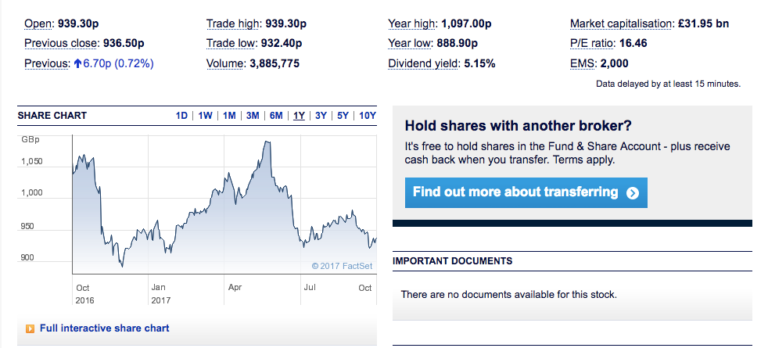Guest Post: Four Steps to Eating Healthily on a Budget
Today I am pleased to bring you a guest post by Araminta Robertson, who blogs at Financially Mint.
Araminta is a university student and she writes from a young person’s perspective. Today she shares some of her top tips for eating healthily on a budget.
One thing many older people have in common with students is that they need to watch the pennies. Araminta has some great advice for all of us on how to eat both frugally and healthily.
Over to Araminta then…
It’s not easy to combine healthy, cheap, delicious and quick. And yet, it is still possible. As a student, I’ve always had to figure out the best combination, and through a lot of practice I’ve realised that the methods I used could also be very useful for anyone in a similar situation.
So – here are four steps get that sweet combination of exactly what you’re looking for when you eat. Here we go:
1. Plan it
The first step is to figure out your ‘magic number’; how much are you willing to spend? What is your budget for food for one month/week?
Start with that number and work your way back. Then make a list of cheap healthy food that you and your family enjoy. Some examples are:
- Beans
- Eggs
- Tomatoes
- Frozen veggies
- Pepper + onions
- Almonds
- Lentils
- Squash/pumpkin
- Oats
- Canned goods
- Yoghurt and cheese
- Quinoa
- Carrots
- Aubergine
- Kale
- Sweet potatoes and potatoes
Now you’ve got your magic budget number, some general ingredient ideas. What’s missing? A recipe. And it’s at his point that I whip out Google and simple type in ‘ingredient recipe’, so ‘carrot recipe’ for example. I do a bit of research, look for something simple and cheap to make. Some great websites to find these are BBC Good Food and All Recipes UK.
Do a bit of a rough plan – find some ingredients, do some research and pick some recipes you’d like to try out during the week. Then write down the list of ingredients you’ll need to complete that plan. It’s always fun to try some exciting recipes and do some experimenting. More on this later 😉
2. Shop it
Time to do some exploring! If you want to stick to a small budget, go to discount supermarkets such as Aldi, Asda and Lidl. Bring your ingredients and grocery list and do the shopping!
A little tip: Don’t go shopping when you’re hungry, you’ll probably end up buying unnecessary stuff
What I normally do is one big shopping day a week and then some additional stuff from time to time. Pick a day to do your shopping for the week and buy it all at once. You’ll see batching is a huge productivity booster – no need to do mini shopping trips anymore! It’s also easier to budget week by week, this way it’s easy to know how much you spent on the shopping trip.
3. Cook it
Now to the exciting part.
What prevents most people from cooking is the ‘I’m rubbish at cooking’. We were all rubbish at cooking at one point, and you get better by doing more of it. The first pie you make might be a disaster, but the tenth one will be pretty tasty.
Once again, batching: pick a day to do all the cooking for the week (I like Sundays). Make it a fun activity; include the kids, the family, the dog, even. A proper event, an afternoon where everyone gets together to prepare meals for the week. Of course, if that’s not possible then simply cook it yourself – but an event is always nice.
Have your meal plan ready and then cook and freeze stuff for the week. Soup, rice and beans can last the week – whereas meat and potatoes aren’t very good at that. As you cook more and more you’ll figure out what can be stored and what can’t, and you’ll also end up preparing some more delicious recipes.
I normally produce large quantities of rice/pasta/sauce/ and freeze it or leave it in the fridge. Then when it’s time to eat I just have to make the meat/veggies
4. Try it
The most important when improving your cheap/delicious/healthy meals is to keep experimenting (I even do fancy Money Experiments). Try new ingredients (I’ve got an interesting vegetable called a ‘swede’ in my kitchen), new recipes and new dishes. You’ll slowly get better at it. Now I consider myself an expert at making something out of scraps – stir-fry it all.
Here are some examples of cheap budget meals I like to do:
- Soup – mushroom soup, pumpkin, lentil, tomato
- Curry – could be vegetarian
- Pie/quiche
- Tacos/wraps/quesadillas
- Jacket potatoes
- Chili
- Fried rice – literally just veggies, eggs and rice
- Omelettes/scrambled eggs
- Stir-fry
Also keep on the lookout for discounts, sales and chances to save a little bit of money. Here are some good websites to get started: Money Saving Expert, Super Savvy Me and CheckoutSmart.
There you go! Four steps to eating well on a budget. The hardest part is simply sticking to it and being willing to try new things. But if you make it a fun event every week, you can turn it into a family activity and be held accountable to do every week. Next thing you know you’ll be cooking fancy quiches and amazing risotto. Keep trying!
What’s your favourite recipe? Comment below!
Bio: Araminta is creator of Financially Mint, a personal finance blog for university students written by an actual student. She interviews experts, does weird experiments and a ton of research to help her and others graduate financially intelligent.
Many thanks to Araminta (pictured) for an interesting and useful post. Do check out her Financially Mint blog as well!
I guess some of my older readers may be amused by her reference to the “interesting” vegetable called a swede. Swedes are a vegetable many of us baby boomers remember well from childhood, and not always fondly! I must admit I haven’t cooked with swedes for a while, but promise to put them on my shopping list again during the winter months 😉
Like Araminta I enjoy looking for recipes on the internet, and I often use the websites she mentions, and various others. My personal tip would be to take a few moments to read the reviews and comments that are often left by people who have tried the recipes. This feedback is invaluable, especially the ideas for tweaking/improving the recipe.
As always, if you have any comments or questions about this post, for Araminta or me, please do post them below.



 Many thanks to Cora Harrison (pictured, right) for some great tips and resources.
Many thanks to Cora Harrison (pictured, right) for some great tips and resources.






 Many thanks to Lewys (pictured, right) for an eye-opening article.
Many thanks to Lewys (pictured, right) for an eye-opening article.